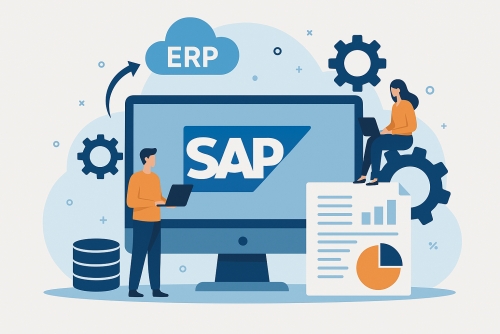The rise of remote work and technological advancement have made Bring Your Own Device (BYOD) policies increasingly popular among organizations looking to enhance flexibility, productivity, and employee satisfaction. BYOD allows employees to use their personal devices—such as smartphones, tablets, and laptops—for work-related tasks. While this can lead to numerous benefits, organizations must implement effective BYOD onboarding strategies to ensure security, compliance, and proper integration of personal devices into the workplace. This article explores best practices for BYOD onboarding, highlighting its importance and how to create a seamless process.
Understanding BYOD
BYOD refers to the policy that enables employees to bring their personal devices to the workplace and use them to access company resources and systems. With the proliferation of smart devices and increased mobile connectivity, BYOD has become a viable option for many businesses, offering several advantages, including:
1. Increased Flexibility:
Employees can work from anywhere, utilizing their preferred devices.
2. Cost Savings: Organizations can reduce hardware costs as employees use
their devices.
3. Enhanced Productivity: Familiarity with personal devices can lead to
improved employee productivity.
However, adopting a BYOD policy necessitates careful consideration of security, compliance, and support challenges.
Importance of Effective BYOD Onboarding
A well-structured BYOD onboarding process is essential for several reasons:
1. Security Management: Ensuring that personal devices comply with company security policies helps protect sensitive information from potential breaches or data leaks.
2. Compliance: Organizations must comply with industry regulations and data protection laws (such as GDPR or HIPAA). Proper onboarding guarantees that employees understand their responsibilities regarding data privacy and security.
3. User Support: A thorough onboarding process helps users familiarize themselves with necessary apps, security protocols, and IT support resources, leading to fewer disruptions in workflow.
4. Setting Expectations: Clear guidelines during onboarding help set expectations for device usage, acceptable behavior, and the consequences of violations, fostering a responsible organizational culture.
Best Practices for Successful BYOD Onboarding
Implementing a successful BYOD onboarding process requires strategic planning and clear communication. Here are some best practices to consider:
1. Develop a Comprehensive BYOD Policy
Before onboarding employees, organizations should establish a detailed BYOD policy that outlines:
- Device Eligibility: Specify
which devices are allowed (e.g., operating systems, versions).
- Security Requirements: Detail security protocols such as password complexity,
encryption standards, and remote wipe capabilities.
- Acceptable Use Guidelines: Define appropriate use of devices during working
hours and restrictions on accessing certain applications or networks.
- Responsibilities: Clarify employee and employer responsibilities concerning
data management, security breaches, and device maintenance.
2. Provide Training and Resources
Once the policy is established, organizations should conduct training sessions to familiarize employees with the BYOD policy, user responsibilities, and best practices. Training resources may include:
- Workshops: Hands-on sessions
where employees learn about security measures, applications, and the company’s
IT support structure.
-Online Resources: Create a centralized online repository containing the BYOD
policy, FAQs, troubleshooting guides, and contact information for IT support.
- Simulations: Conduct simulated scenarios to help employees practice
responding to potential security threats or data breaches.
3. Implement a Strong Security Framework
To protect company data accessed via personal devices, organizations should adopt a robust security framework that includes:
-Mobile Device Management (MDM):
Utilize MDM software to monitor, manage, and secure employees' devices
remotely. This can aid in enforcing security policies and controlling access to
company data.
- Access Control Measures: Implement role-based access controls to restrict
data access based on an employee’s role within the organization.
For more details, visit us:








 Airpods Battery Replacement Cost in Bangalore | HelloRE
Airpods Battery Replacement Cost in Bangalore | HelloRE


